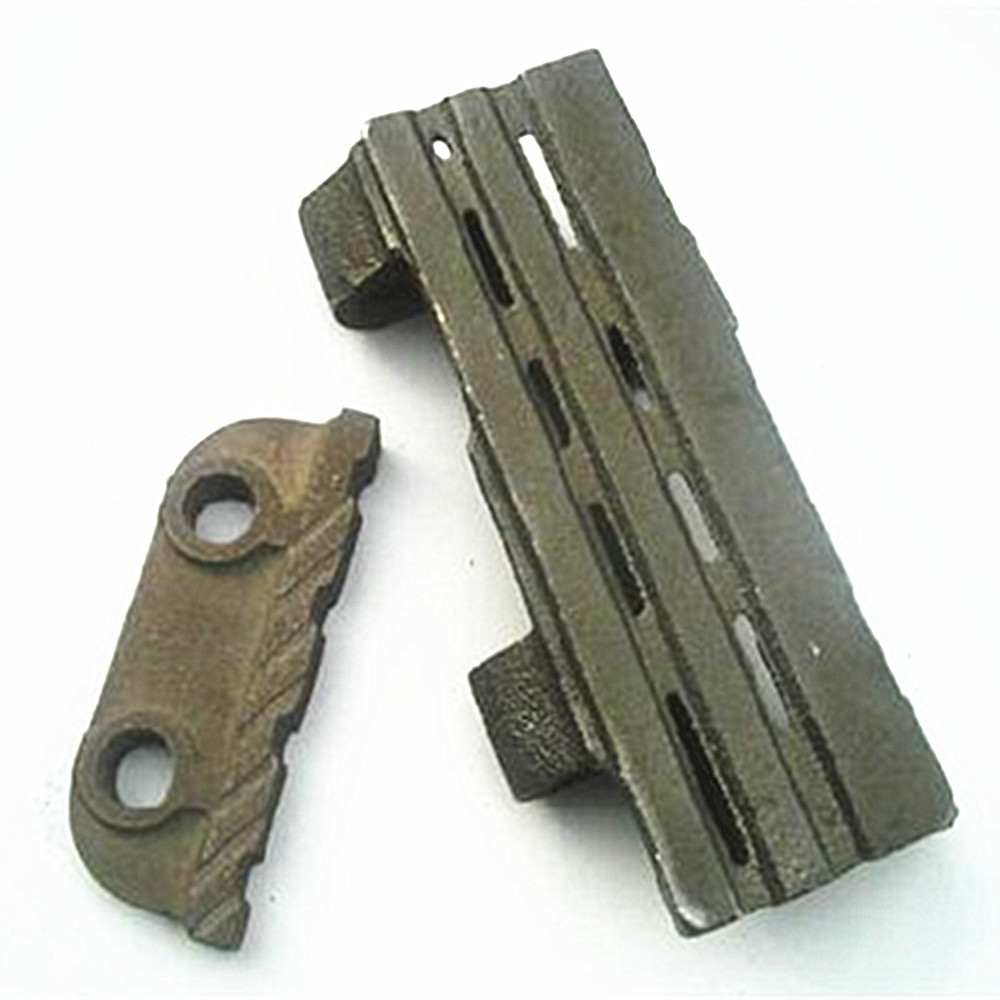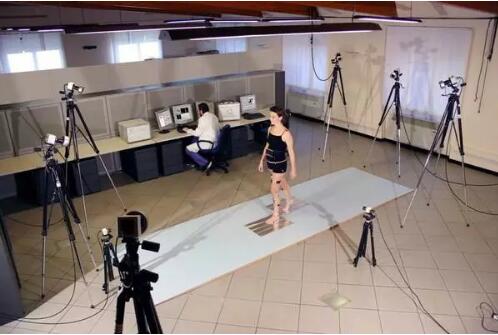The diversity of biological characteristics determines the accuracy of this type of biometric identification. Fingerprints, facials, and irises are all well-known methods of identification. However, a "Mission Impossible 5" released this year has made us aware of this. A newer type of biometric technology - gait analysis. What exactly is gait analysis? Where is the magic? We will announce this for you.
What is gait? As the name implies, it refers to the posture of a person walking and describes the periodic phenomenon of the characteristics of a person's walking; and gait analysis is to establish a gait model by recording, observing, and analyzing the body movement and extract stable parameters. And through the computer to identify the process. A complete gait cycle includes two stages of "support phase" and "swing phase".
Early medical research showed that the body's gait has 24 different components, including bone length, muscle strength, joint flexibility, etc. Combining these gait characteristics, the “gait†has individual characteristics. When used for identification, only the captured image is input into the system. The computer matches the gait recognition algorithm, finds matching objects from the database, and displays the final results.
In fact, as explained in the "Mission Impossible" movie, gait is difficult to disguise and disguise, and it can be accurately identified in both long-distance and low-resolution situations. In the following, we will talk about the three principles of diversity, stability, and collectability of biometrics. Let's talk about the “gait analysis system†that Bangui has completely despaired of.
For gait analysis, there is an assumption that each person has a unique face, and each person also has a different gait than others. Of course, the above hypothesis has been approved by medical research, which means that "everyone's gait is unique." From an anatomical point of view, the physical basis of uniqueness of gait is the difference in the physiological structure of each person. Different leg lengths, muscle strengths, heights of gravity centers, and motor sensitivity all determine the uniqueness of gait.
Similar to other biometric technologies such as iris, fingerprint, and sound, gait analysis also has stability problems . That is to say, a person’s gait may be affected by factors such as injury, weight gain or loss, or even dress comfort. And change. Therefore, there are also certain challenges in its stability.
To give a very simple example, for example, if the shoes worn on the feet are not fit or comfortable enough, the walking posture of the wearer will change. When walking or exercising, an ankle sprain accidentally occurs. If you are limping, the gait analysis system will think that you are another person or cause the verification to fail. In fact, every biometric identification method may be impossible to verify because of some accidents. Therefore, it is necessary to establish a comprehensive and comprehensive verification system, which is also called the alternative solution.
As we all know, each type of biometric technology will fail to collect complete and accurate feature information because of some "accidents." Gait analysis also has similar problems in collecting data. For example, the difference between trousers flat shoes and high-heeled high-heeled shoes, or some religious countries, the robe is its traditional clothing, the legs are completely covered, the same can not be achieved gait analysis.
Seeing here, one might say that it needs to be used. In fact, the advantage of gait analysis is that it can be identified from a distance of up to several hundred meters. In addition, gait analysis can easily distinguish between different modes of people, such as walking, running, carrying weights, and so on. In the future, a variety of biometric technologies will be combined to switch automatically based on actual application scenarios, user conditions, and security levels to form multimodality recognition technologies that will be more competitive than any single biometric.
Boiler Grate
 The chain grate is the combustion equipment of coal-fired steam boiler. There are three main types and structures: chain belt grate, scale grate and beam grate.
The chain grate is the combustion equipment of coal-fired steam boiler. There are three main types and structures: chain belt grate, scale grate and beam grate.
1. Chain belt grate. The chain belt grate is a wide circular chain belt which is surrounded by and supported on the the front and rear axles via the chain wheels. At present, ZOZEN packaged chain grate steam boiler mainly adopts the large-block chain belt grate with a capacity of 1-20 tph.
2. Scale grate. The scale grate has many advantages. The obvious one is that there is less coal leakage. The scales can be replaced without shutting down the boiler. The ventilation is balanced, and the ventilation section is relatively small (6%). The chain grate bars only bears the stress or high temperature instead of both of them, which improves the working conditions of the chain grate.
3. Beam grate. Its main feature is that the width and length of the grate can be extended in a wide range, and the tonnage of the boiler can be larger. At present, the tonnage of the domestic beam chain grate steam boiler can reach 240 tph. The grate is featured with long service life, good durability, smooth arrangement and convenient replacement.



 The chain grate is the combustion equipment of coal-fired steam boiler. There are three main types and structures: chain belt grate, scale grate and beam grate.
The chain grate is the combustion equipment of coal-fired steam boiler. There are three main types and structures: chain belt grate, scale grate and beam grate.